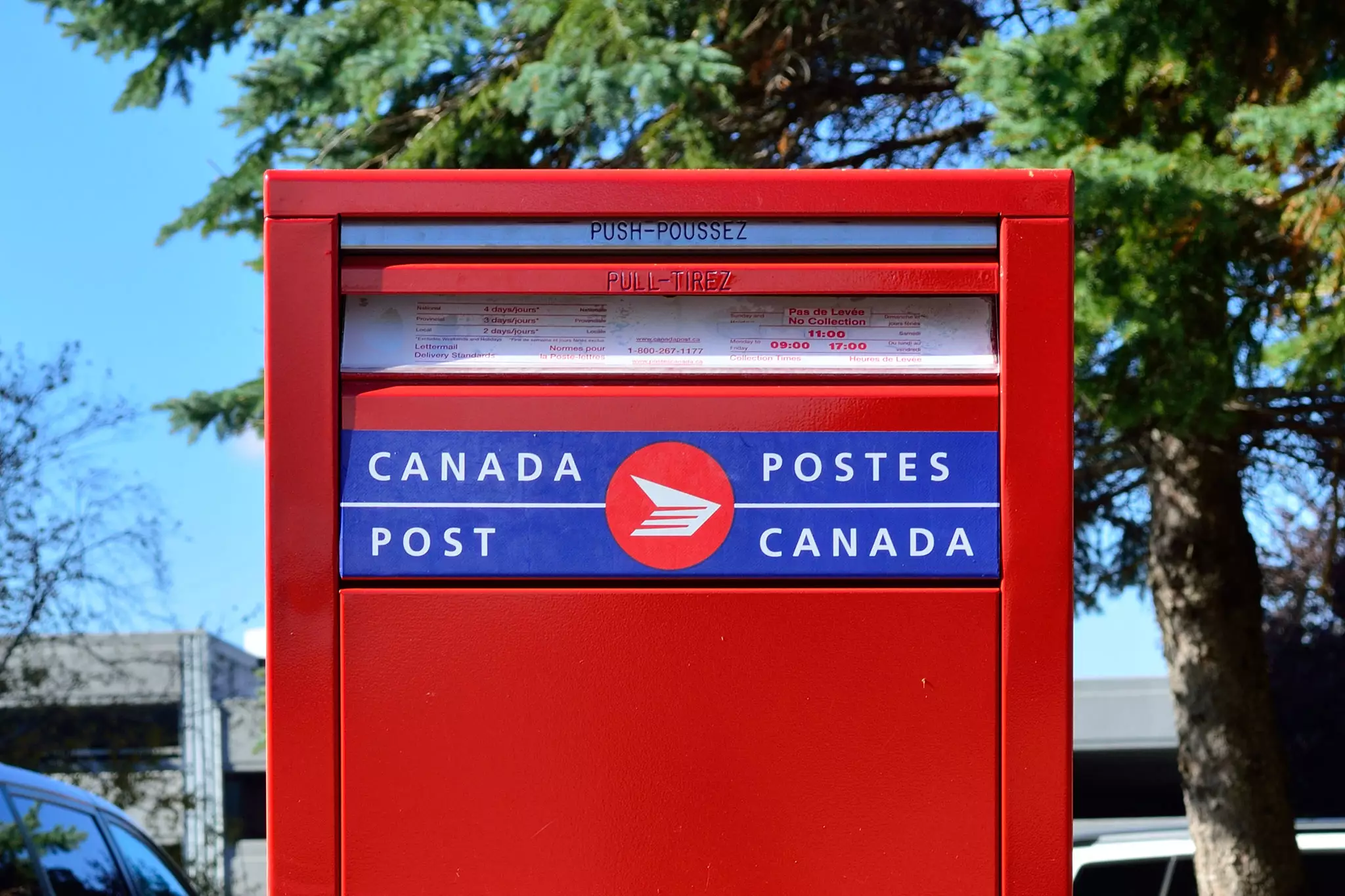Bank of Canada Kept Rates Steady Because of Uncertain Trade Situation
Earlier this month, the Bank of Canada decided not to change interest rates for the second time in a row. New details show that this choice was made because of how unpredictable the global economy is right now—especially due to the ongoing trade war started by U.S. President Donald Trump’s tariffs.
On Tuesday, the Bank released a summary explaining why it made this decision on June 4. The main interest rate, called the “overnight rate,” stayed at 2.75 per cent. This is the rate that banks use to set their own interest rates, including for mortgages and other loans.
Before the April and June meetings, many experts believed the Bank would lower interest rates even more, since inflation was close to the Bank’s target range of 2 to 3 per cent. However, the situation changed.
Trump’s unpredictable trade policies caused problems. His government raised tariffs and made other countries unsure of what might happen next.
“U.S. tariffs had gone up a lot since the beginning of the year,” the Bank said. “Trade policy from the U.S. was unclear, and that caused a lot of uncertainty.”
The Bank of Canada explained there were two main problems: not knowing what the U.S. would do next, and not knowing how those tariffs would affect the economy.
Even though the trade war between the U.S. and China had cooled a bit, it still wasn’t over. At the same time, the U.S. was also making new deals with other countries.
Trump sometimes showed signs of easing up on tariffs—but just as quickly, he raised them again. For example, he doubled the tariffs on Canadian aluminum and steel from 25% to 50%. Prime Minister Mark Carney called that move “illegal.”
Because of all this unpredictability, the Bank of Canada says it will now take a more cautious approach. They won’t make big predictions about the future and will pay close attention to risks.
Experts say these tariffs could raise prices in Canada, adding pressure to inflation—the thing the Bank is trying to control. The latest Consumer Price Index from April showed prices were up 1.7% from the year before, mostly because the carbon tax was removed.
The Bank said it expects to see more of the effects of tariffs in future reports. Surveys showed that both consumers and businesses think prices will rise. Many businesses said they plan to pass those higher costs on to customers.
The GDP report for March and the first quarter showed the economy was doing okay, despite worries about tariffs. Business investment was strong, but the Bank thinks this may have been temporary. Some companies may have rushed to buy goods before tariffs made them more expensive.
Once those goods run out and companies have to buy at higher prices, the economy might slow down. But the Bank says new government spending could help balance that out.
If the government increases spending and helps the economy grow, prices might stabilize. That could even lead to lower interest rates again.
“Members agreed there could be a need to lower interest rates again if U.S. tariffs and uncertainty continue to hurt the economy and inflation stays under control,” the Bank said.
The next interest rate announcement from the Bank of Canada is scheduled for July 30.



